The No-Nonsense Guide To The “Sell One, Buy Two” Property Investment Strategy
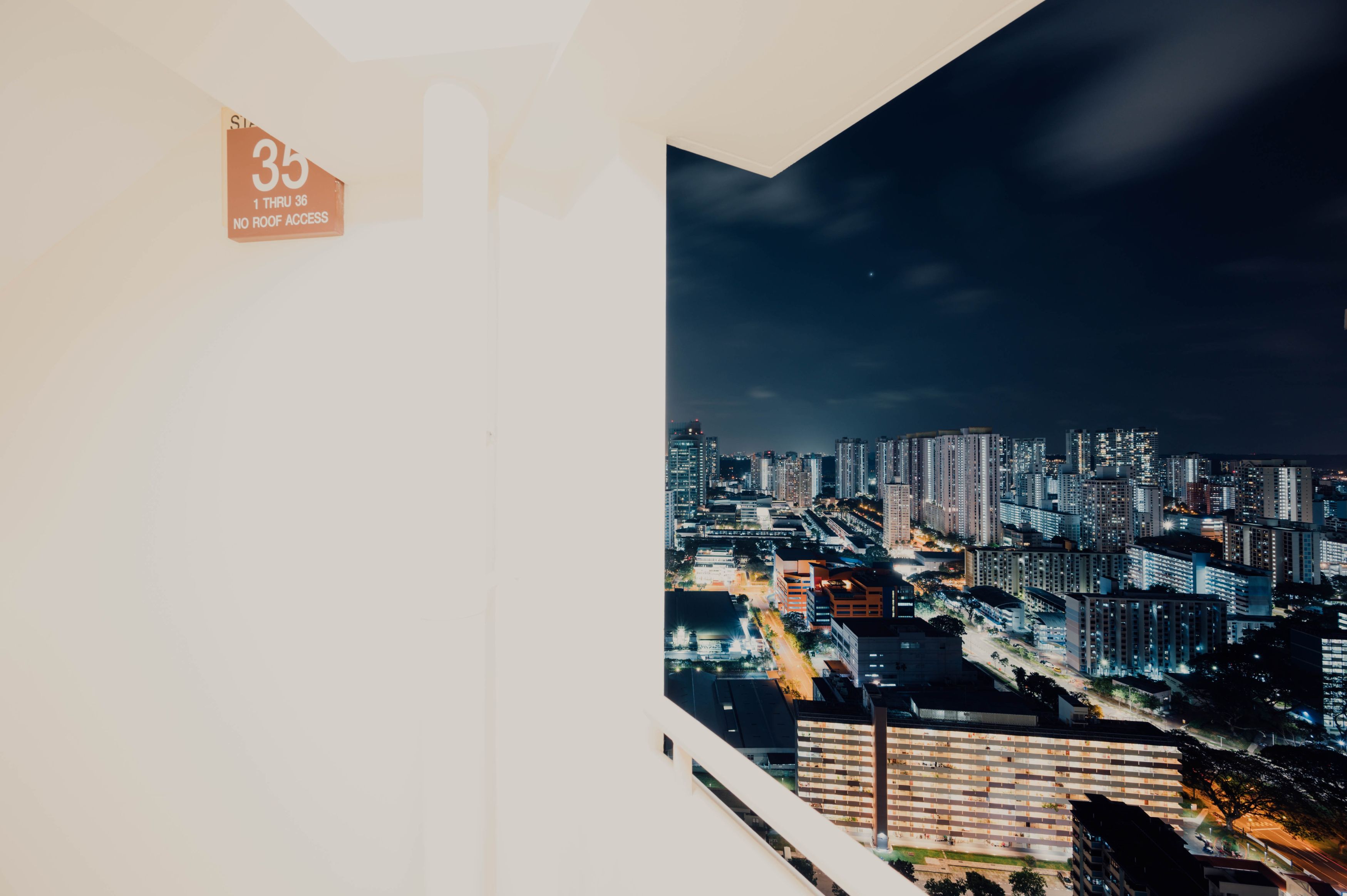
Get The Property Insights Serious Buyers Read First: Join 50,000+ readers who rely on our weekly breakdowns of Singapore’s property market.
A seasoned content strategist with over 17 years in the real estate and financial journalism sectors, Ryan has built a reputation for transforming complex industry jargon into accessible knowledge. With a track record of writing and editing for leading financial platforms and publications, Ryan's expertise has been recognised across various media outlets. His role as a former content editor for 99.co and a co-host for CNA 938's Open House programme underscores his commitment to providing valuable insights into the property market.
You’re no doubt seen this by now: SELL ONE, BUY TWO, the advertisement yells – HOW TO OWN TWO PRIVATE PROPERTIES WITH NO ABSD! (Insert excessive line of emojis).
Your first reaction is probably to think “scam”. Your second is to wonder if this is a property investment strategy that’s really plausible, or if following up on the link means getting a zillion emails (pro-tip: yes, yes it does).
To spare you having to do that – and shield you from the more, uh, overly optimistic pitches, we’ve put together a no-nonsense guide. You see, while “sell one, buy two” isn’t a scam, it’s also a property investment strategy that’s not for everyone.
Here’s the lowdown on how it works, along with the necessary warnings:
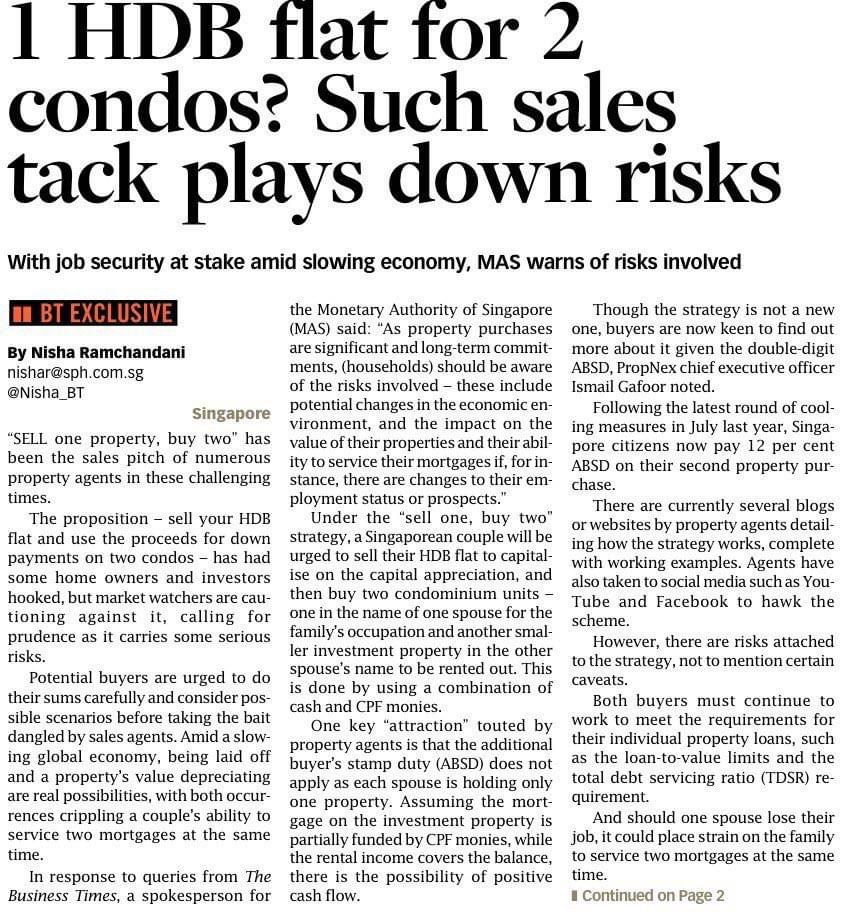
How does “sell one, buy two” actually work?
Let’s start with the fact that, when buying a property, a bank loan will finance up to 75 per cent of it. Another 20 per cent can come from your CPF Ordinary Account savings, and you only pay five per cent in cash.
So let’s say you and your spouse are each buying a condo unit – one is worth $1.5 million, the other is a smaller one worth $900,000.
The total cash down is $75,000 for the larger condo unit, and $45,000 for the smaller condo unit. This comes to $120,000 in hard cash.
Now let’s say you bought a four-room flat several years back.
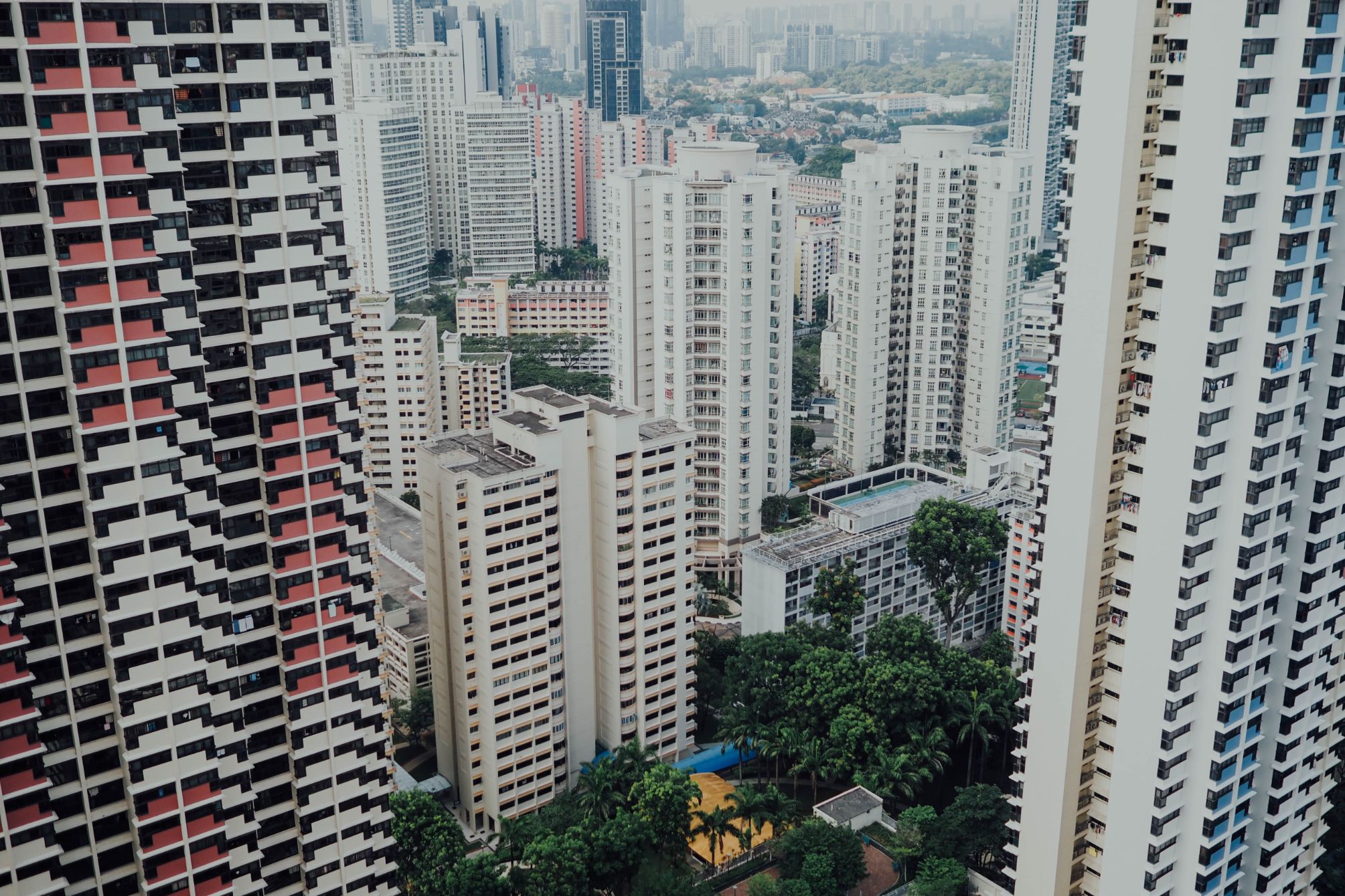
When you sell the flat, you get $450,000 in sales proceeds. This is more than enough to cover the cash down on both properties, and still leave you with $330,000 left over (assuming your property is fully paid-up for).
If we look at the total down payment required for both properties (25 per cent), it comes to $375,000 for the larger property, and $225,000 for the smaller condo.
That’s a total of $600,000 to meet the down payment for both.
But with the sales proceeds of $450,000 from your HDB flat, this leaves a shortfall of $150,000. This amount isn’t hard for both working spouses to accumulate in their CPF, over a period of just a few years; ideally, they would have accumulated the $150,000 in CPF over the five-year Minimum Occupancy Period, just in time to sell the flat (it’s possible if the couple each earns at least $5,434).
But why have each spouse buy a separate unit?
First, it’s to avoid paying the Additional Buyers Stamp Duty (ABSD). For Singapore Citizens, this is 12 per cent of the property price or value (whichever is higher) on the second property.
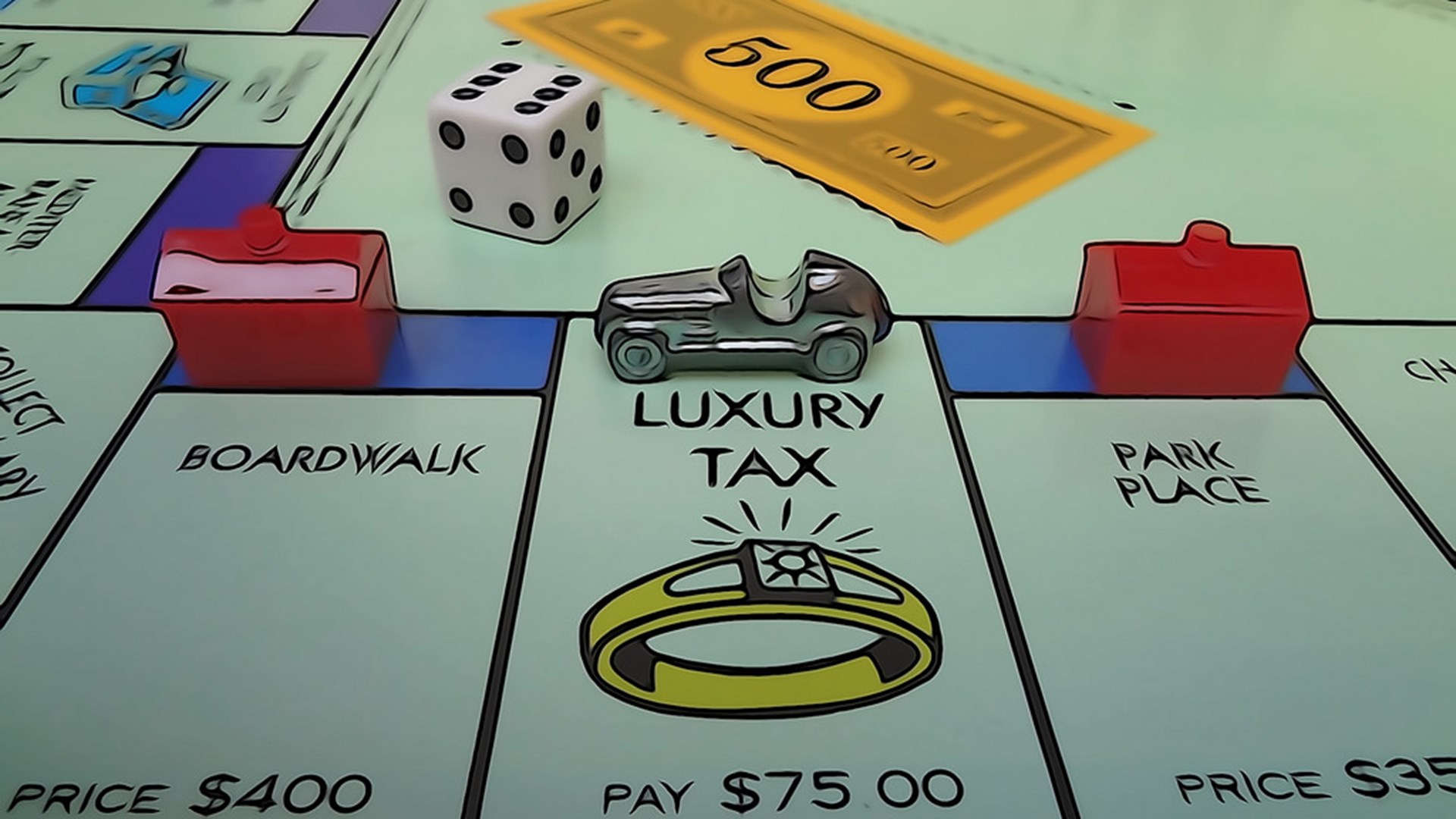
Property AdviceHow to avoid ABSD in Singapore: 2 ingenious ways to go about it
by Stanley GohSecond, it’s a matter of financing. When you have an outstanding home loan, your minimum down payment on the next property rises to 45 per cent of the price. Most individual Singaporeans can’t afford to pay both the ABSD, as well as the sizeable down payment on the second home.
But if each spouse purchases a separate unit, neither has to pay the ABSD; and both can get full financing of up to 75 per cent.
There are big advantages to owning a second home
You can use one property as pure investment, while living in another. You can choose to live in the bigger condo while renting out the smaller one, or vice versa.
You can also swap later (e.g. move to the smaller condo once the children move out, and rent out the bigger one to better support your retirement).
It can also mean that, when it comes time to retire, you can sell the second property to support your retirement fund, rather than having to sell your existing home. You may not want to move by the time you’re that age.
For all of this to work, “sell one, buy two” does rely on some assumptions
The main ones to note are:
- You will get sufficient proceeds from selling your flat
Remember that, when you sell your flat, you need to pay back whatever funds you used from CPF. This is inclusive of the 2.5 per cent interest that would have accumulated in your CPF Ordinary Account.
Most Singaporeans pay the down payment on their flat via their CPF. They may also service the monthly home loan, plus any legal fees and stamp duties, from their CPF. This can amount to quite a sizeable amount over the years.
As such, there’s a possibility of negative cash proceeds: this is, that you need to pay back more into your CPF than you’d get for the flat.
This may rule out the possibility of “sell one, buy two”, as you probably won’t have enough to cover the down payments on two properties. As such, some Singaporeans who plan to do this (or even just to upgrade in general) prefer to service their home loan in cash – this ensures they have sufficient funds to proceed when the time comes. - You’re in a dual-income situation
There’s no way to get a home loan without income; and for reasons mentioned above, the whole strategy is to have each of you purchase a property separately. So this just isn’t going to work if you’re not in a dual-income situation. - Both of you will qualify for sufficient financing
“Sell one, buy two” usually requires that both parties can get the full range of financing, of up to 75 per cent of the property.
If this isn’t possible (e.g. one of you has bad credit), you may not have enough to cover the sums needed. It’s best to keep your credit use under tight control, if you want to pull this off.
Go in with your eyes open, as there’s higher risk compared to plain upgrading
“Sell one, buy two” is not the same as just upgrading to a condo.
The key difference is that you’re both saddled with the home loan for an entire property.
For example, consider a home loan amount of $1 million, over 25 years at two per cent per annum. The monthly loan repayment is roughly $4,200.
If this were split between you and your spouse, you may not feel too much of the sting. But if you need to bear the full $4,200 on your own, that can make a significant dent in your cash flow.
In the meantime, your spouse will also be feeling the pressure of a separate mortgage; they may not have the funds to pitch in and help you, if the investment unit falls vacant or the rental market dips.
Do you qualify to “sell one, buy two”?
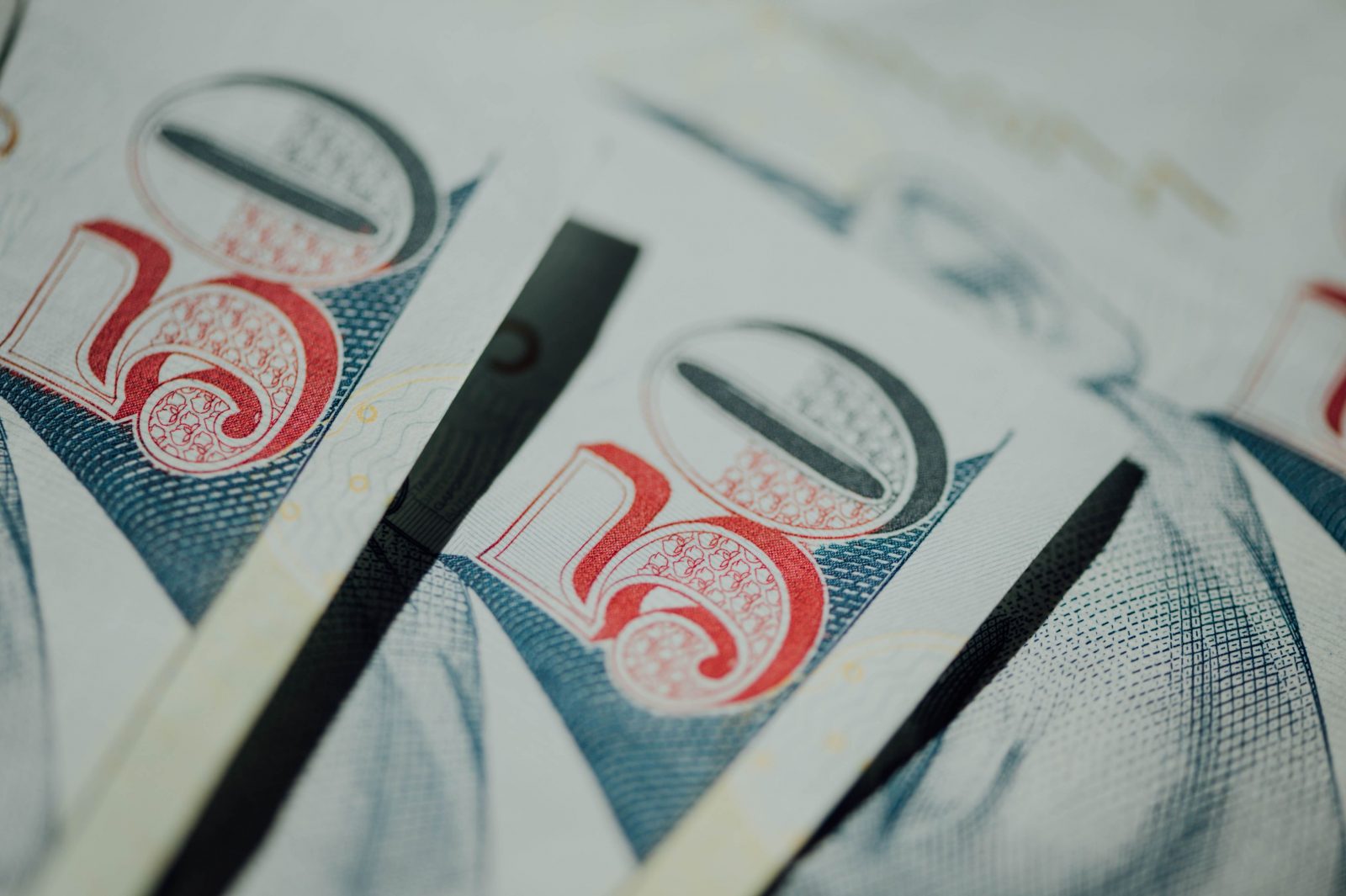
To be blunt, this is a property investment strategy that’s better suited to more affluent Singaporeans.
As a rule of thumb, a property should not cost more than five to seven times the annual income of the buyers. So if you’re buying a $1.5 million property entirely on your own, you’d need a monthly income of close to $18,000, if you want to keep to the guideline.
Another rule of financial prudence is to have a Debt-To-Income (DTI) ratio of no more than 40 per cent. This means your monthly home loan repayment, inclusive of all your debts, should ideally be no more than 40 per cent of your monthly income*.
Remember that this applies to both you and the other buyer; so “sell one, buy two” may not be accessible to the average, middle income Singaporean (those earning around $4,000 a month).
*The Total Debt Servicing Ratio (TDSR) to secure a home loan places a cap at 60 per cent of your monthly income; but it’s not prudent to be at the maximum limit of this. You should speak to a financial professional, to work out what you can afford.
Finally, note that picking the smaller unit tends to be tricky
One of the two units you choose is supposed to be the smaller one. Most of the time, this will be a compact unit (510 square feet or below), or a two-bedder.
But picking a good investment property at $1 million or below takes good acumen.
Here’s one example:
Between a one-bedder that’s 490 square feet and costs $900,000, and one that’s 550 square feet and costs $1 million which is the better investment?
You may think it’s the $1 million unit, as it’s cheaper on a per-square-foot basis. But to a tenant, one bedroom is still just one bedroom. There’s a good chance your rental income won’t be much higher, and your more expensive unit will generate the same rental income as its slightly smaller counterpart. This gives your investment a worse rental yield.
There are several other factors to consider, as tenants of compact units may look for facilities and amenities that differ from family units.
Suffice it to say that small homes for rental can be a very different ball game, compared to finding regular-sized condos for families.
We cover various condos in deep detail on Stacked, so do check our reviews before buying. Or you can like us on Facebook and drop us a message, so we can help you out directly.
In any case, know that “sell one, buy two” is a property investment strategy that can work, but it’s not for everybody.
But even after reading all of this, and you still need help to decide if this property investment strategy is right for you – just drop us a message and we’ll see how we can help you out!
Remember, if you’re not in a position to handle separate mortgages, it’s more advisable to do a simple upgrade – going from HDB flat to condo – rather than to jump straight into two private properties.
Property is a long term commitment, so take the time to build up sufficient capital and funds before making the leap.
If you’d like to get in touch for a more in-depth consultation, you can do so here.
Have a real estate question, or not sure what your options are? Email us at stories@stackedhomes.com.
Ryan J. Ong
A seasoned content strategist with over 17 years in the real estate and financial journalism sectors, Ryan has built a reputation for transforming complex industry jargon into accessible knowledge. With a track record of writing and editing for leading financial platforms and publications, Ryan's expertise has been recognised across various media outlets. His role as a former content editor for 99.co and a co-host for CNA 938's Open House programme underscores his commitment to providing valuable insights into the property market.Read next from Property Advice

Property Advice Should We Buy An Old 99-Year Leasehold Condo To Live In: Will It’s Value Fall When The Lease Runs Out?

Property Advice We Own A $800K 1-Bedder And A $1.1M 3-Bedder: Is It Possible To Upgrade To A 4-Bedder Condo?

Property Advice I Own A 55-Year-Old HDB Flat, But May Have To Sell — Can I Realistically Buy A Freehold Condo With $700K?

Property Advice We Own A 2-Bedder Condo In Clementi: Should We Decouple To Buy A Resale 3 Bedder Or Sell?
Latest Posts

Singapore Property News This HDB Just Crossed $1.3M For The First Time — In An Unexpected Area

Singapore Property News “I Never Thought I’d Be Sued by a Tenant.” What Long-Time Landlords in Singapore Miss

Property Market Commentary I Lived In Bayshore When It Was ‘Ulu’. Here’s How Much It Has Changed

Singapore Property News HDB Resale Prices Finally Slowed in 2025 — Will It Continue in 2026?

Singapore Property News Breaking News: District 23 Condo Sells Out In Under Two Years At $2,120 Psf Average

On The Market Here Are The Cheapest 3-Bedroom Condos in Central Singapore You Can Still Buy From $1.15M

Property Market Commentary Why The Singapore Property Market Will Be Different In 2026 — And It’s Not Just About Prices

Editor's Pick 2025 Year-End Review Of The Singapore Property Market: What The Numbers Reveal

Pro This 21-Year-Old Condo Didn’t Sell Out Initially, Yet Became A Top Performer

Editor's Pick How The HDB Resale Market Performed In 2025, And What It Means For 2026 Prices

Editor's Pick 4 Key Trends Reshaping Singapore’s New Launch Condo Market In 2026

Editor's Pick What I Only Learned After My First Year Of Homeownership In Singapore

Singapore Property News Why More Land Doesn’t Automatically Fix Housing In Singapore

On The Market Here Are The Cheapest 4-Room HDB Flats in Central Singapore You Can Still Buy From $490K

Pro How A Once “Ulu” Condo Launched In 1997 Became A Top Performer


